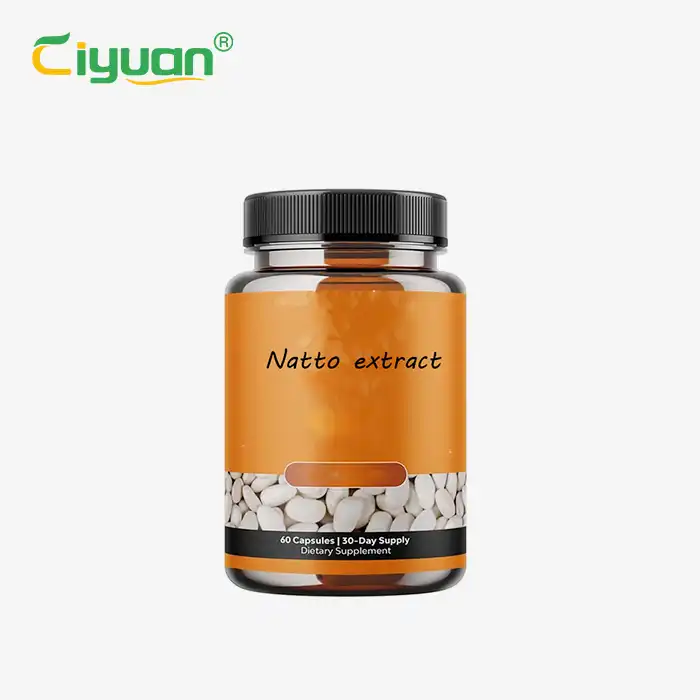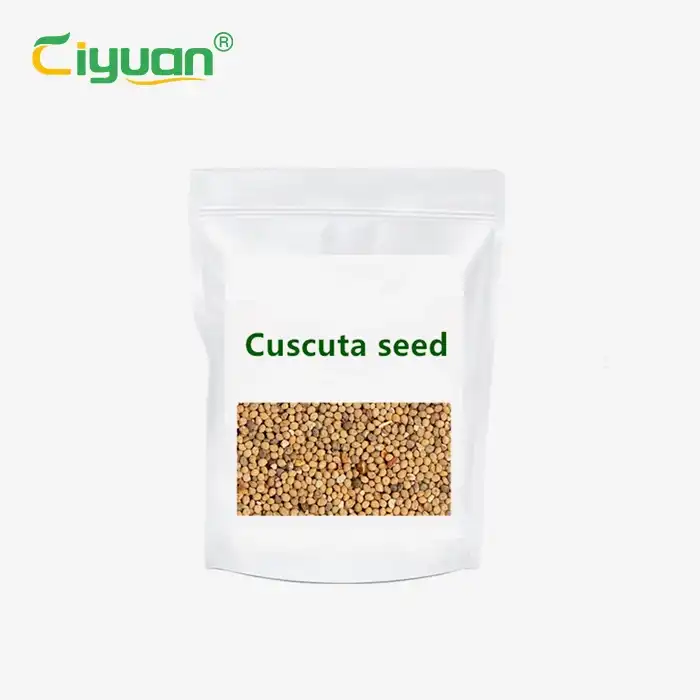What is bulk coriolus versicolor? What are its effects?
 2025-08-06 11:37:37
2025-08-06 11:37:37
Coriolus Versicolor tablets is the dried fruiting body of Trametes versicolor (syn. Coriolus versicolor), a fungus belonging to the genus Trametes in the family Polyporaceae. Its fruiting bodies grow in overlapping, imbricate clusters, with semicircular to shell-shaped caps. The cap surface is densely covered with downy hairs in gray, brown, blue, and other colors, forming cloud-like concentric rings. The color of the pore surface gradually changes from white to yellowish-brown or gray-black as it matures, and the spores are cylindrical and colorless.
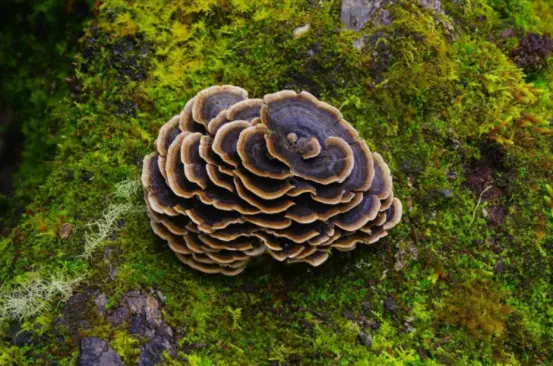
This fungus grows wild on fallen logs, stumps, and branches of broad-leaved trees and is distributed in forests worldwide. Its fruiting bodies contain components such as Yunzhi polysaccharides and proteases, which exhibit immunomodulatory effects.
Ganoderma, as a traditional Chinese medicinal herb with a long history, is commonly used by many people for health preservation and wellness. Relatively speaking, people have a better understanding of Ganoderma, but when it comes to Yunzhi, many are unfamiliar. So, what are the differences between the two, and which one is more effective when taken? Today, let’s discuss and explore this together.
There are numerous varieties of Ganoderma. According to records, there are over 200 species of Ganoderma worldwide, with more than 100 species in China. A familiar classification method currently is by color: Red Ganoderma, White Ganoderma, Purple Ganoderma, Green Ganoderma, Black Ganoderma, and Yellow Ganoderma. Among them, Red Ganoderma and Purple Ganoderma are included in the national pharmacopoeia and are recognized as medicinal fungi. Red Ganoderma, in particular, is highly representative—it has excellent effects in enhancing human immunity, improving sleep, and regulating bodily systems. For people suffering from illnesses, taking Ganoderma can better promote the recovery of the body.
First, in terms of taxonomy: Ganoderma belongs to Polyporales, Ganodermataceae, Ganoderma, while Yunzhi belongs to Polyporales, Polyporaceae, Coriolus. They share the same order but differ in family and genus. Secondly, in terms of morphology: Yunzhi is a saprophytic fungus with reniform fruiting bodies, a downy surface, no stalk, growing in clusters and imbricately (tile-like). Wild Yunzhi mostly grows on dead wood; its fruiting bodies are semicircular-umbrella-shaped, hard woody, dark gray, with white or light brown edges on the outer margin—these are some morphological differences between the two. In terms of effects, there are certain differences: Yunzhi mainly functions in clearing heat and detoxifying, primarily used for inflammatory conditions in the body, while Ganoderma has a broader range of effects. Both have significant value in addressing tumors.
The above introduces the main differences between Yunzhi and Ganoderma. Although they differ by only one character in Chinese, there are substantial differences in both morphology and medicinal effects.
The Story of Coriolus Versicolor tablets
In ancient times, a private tutor suffered from a severe sore throat that remained unhealed after long-term treatment, making it impossible for him to continue teaching. He had to set up a stall on the street to sell calligraphy and paintings. Coincidentally, the stall next to his belonged to a herbal doctor, who often had unique herbs and remedies. Noticing the tutor frequently spitting and coughing, the herbal doctor advised him to decoct Yunzhi and the root bark of Ilex pubescens in water, let it cool, and drink it. Gradually, the tutor recovered.
Aliases and Common Names
Variegated Yunzhi, Yellow Yunzhi, Gray Zhi, Tile Fungus, Colorful Cloud Leather Cap Fungus, Multicolored Boletus, Red-staining Mushroom, Thousand-layer Mushroom, Variegated Coriolus.
Morphological Characteristics
Trametes versicolor (syn. Coriolus versicolor) has annual fruiting bodies. They are leathery to semi-fibrous, laterally sessile (stalkless), often growing in overlapping, imbricate clusters, connected left and right. Fruiting bodies on stumps or fallen logs often form a rosette shape. The cap is semicircular to shell-shaped; the cap surface is white when young, gradually darkening, with dense fine downy hairs of varying lengths, showing gray, white, brown, blue, purple, black, and other colors, forming cloud-like concentric rings. The cap margin is thin, sharp, wavy, intact, and light-colored. The pore surface is initially white, gradually turning yellowish-brown, reddish-brown to light gray-black; the pores are round to polygonal, 3–5 per mm, cracking in later stages. The tube layer is single, white, 1–2 mm long. The flesh is white, fibrous, becoming fibrous to nearly leathery when dried. Spores are cylindrical, slightly curved, smooth, and colorless.
Habitat and Distribution
It grows on dead standing trees, fallen logs, dead branches, and aging living trees of various broad-leaved trees, occasionally on rotten wood of conifers such as larch and black pine. It is distributed throughout China.
Chemical Composition
Glycoproteins have been isolated from the mycelium of cultured Trametes versicolor.
Nature, Flavor, and Meridian Tropism
Sweet; mild; slightly cold. Enters the liver, spleen, and lung meridians.
Functions and Indications
Invigorating the spleen and promoting diuresis; relieving cough and asthma; clearing heat and detoxifying; anti-tumor. Mainly used for chronic active hepatitis, liver cirrhosis, chronic bronchitis, infantile spasmodic bronchitis, sore throat, various tumors, rheumatoid arthritis, etc.
Main Components and Functions of Coriolus Versicolor tablets
Yunzhi’s main components include polysaccharides, triterpenoids, proteins, sterols, and various trace elements. These active substances endow Yunzhi with antioxidant, immunomodulatory, anti-tumor, and other effects, making it a focus in traditional medicine and modern research.
Yunzhi polysaccharides (PSK, PSP)
As one of the most important active components in Yunzhi, Yunzhi polysaccharides have significant immunomodulatory functions. They can activate macrophages, T lymphocytes, and natural killer cells (NK cells), enhancing the body’s antiviral ability. In addition, Yunzhi polysaccharides can reduce oxidative stress damage by scavenging free radicals.
Triterpenoids
These components have anti-inflammatory and liver-protective effects. Studies have shown that Yunzhi triterpenoids can improve hepatitis and liver fibrosis to a certain extent.
Proteins and amino acids
Yunzhi is rich in proteins and essential amino acids (such as lysine and glutamic acid), which can promote tissue repair, regulate metabolic balance, and enhance physical strength.
·Sterols (e.g., ergosterol)
These substances have antioxidant and cholesterol-regulating effects, which can help protect cardiovascular health.
Phenolic substances
Including polyphenols and flavonoids, they help scavenge free radicals, delay cell aging, and exert antibacterial effects.
Trace elements (selenium, zinc, iron, etc.)
Yunzhi is rich in antioxidant-related trace elements such as selenium, which can synergistically enhance immunity.
Summary
As a Chinese herbal medicine with high nutritional value, Yunzhi will find increasing applications in health preservation and nutritional wellness fields in the future. It is hoped that the development of Chinese herbal medicines will become more promising.


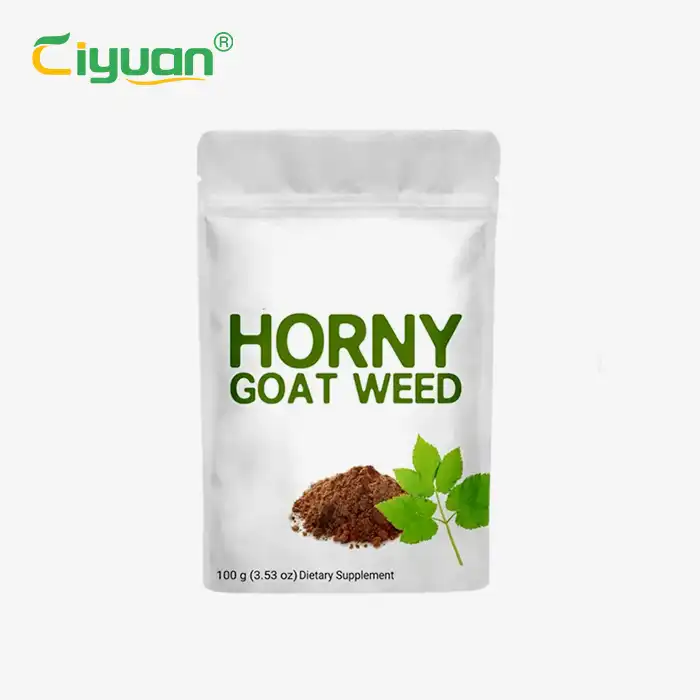
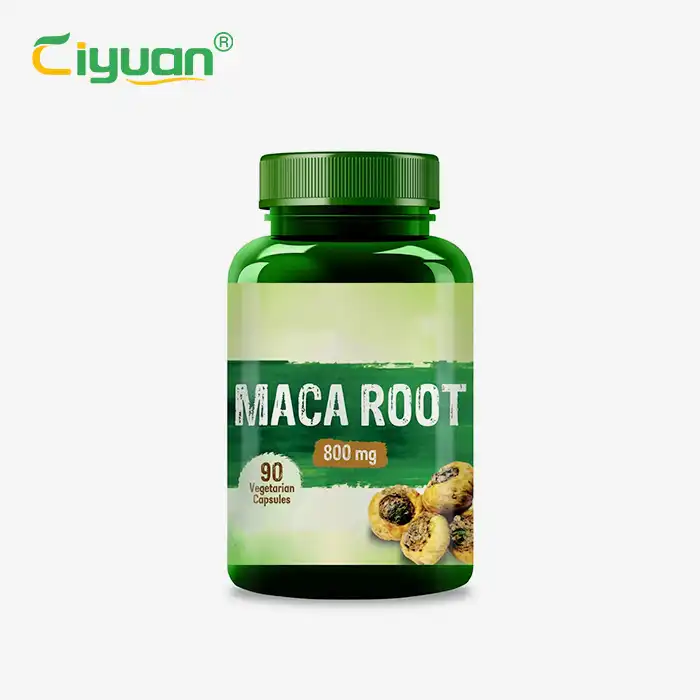
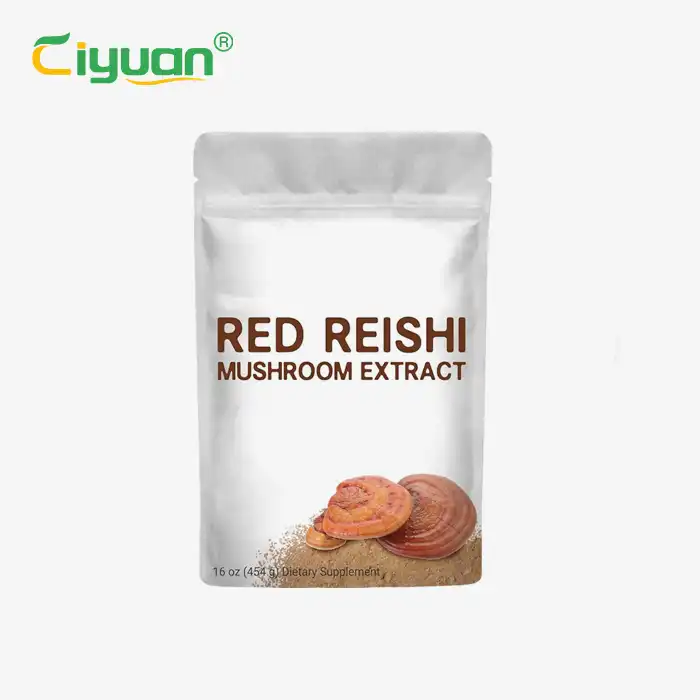






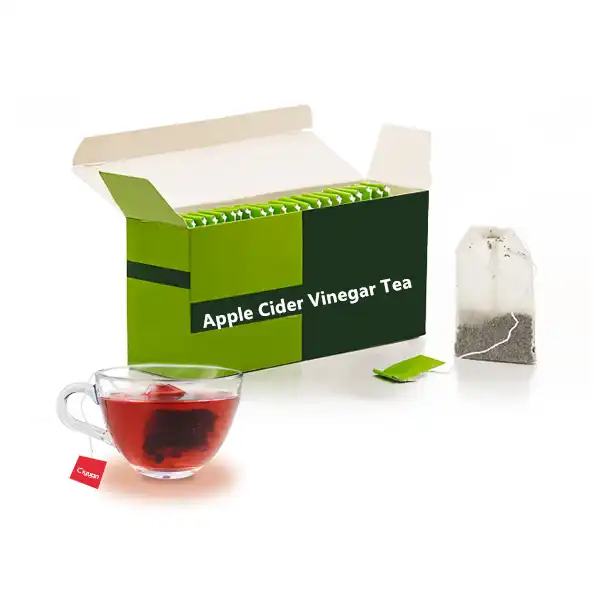
_1744965321426.webp)
_1749111535151.webp)
_1753255129933.webp)
_1756881023052.webp)
